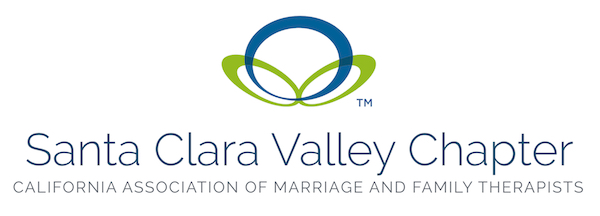“Perhaps the truth depends on a walk around the lake.”
Wallace Stevens
This quote raises an important question for clinicians. What does our truth depend upon? Or even more important – what are the practices we engage in that enable us to stay connected to our truth, whereby we greet the world, specifically our clients, with authenticity and grace? What are the activities we provide for our own refreshment, renewal, connection with our imagination? What is it that deeply restores our mind, body, and soul? In our increasingly busy and complicated world, finding time for quiet reflection is necessary. Modern neuroscience has confirmed that meditative practices are healing for the traumatized or overworked brain.
Contemplative practices such as journaling, dream work, solitude, and silence are some of the familiar ways of finding space to quiet the soul. The labyrinth is an additional practice that many people are experiencing as a way of rest and renewal for weary hearts and minds. This meditative walking tool enables the body to participate, as well as mind and spirit.
The labyrinth is often associated with medieval cathedrals; the most familiar is Chartres Cathedral in France. Historically recognized as a contemplative meditation or prayer tool, it is now finding its way into schools, hospitals, and corporate settings as a peaceful space to walk and think quietly. It offers a contained experience for reflective thought on a variety of topics, such as transition, stress management, creativity, or innovation.
Unlike a maze, which is meant to confuse, a labyrinth has a single path leading to the center and back out, with no dead ends or decisions required. This allows the mind and body to slow to its own natural rhythm. There is no right or wrong way to walk a labyrinth, other than being respectful of those who are on the path with you. The recommendation is to experience it as a metaphor.
For instance, on a recent walk, I became aware of a pain in my neck (literal). I paused in my walking to twist a bit in order to loosen the muscular grip. While present to the physical, I began to consider whether there was something in my life that was a ?pain in my neck?(metaphor). I became aware of the intense concentration of each step I was taking ostensibly to appreciate the beauty, effort and craftsmanship of the rock path. I was behaving as if connection with each broken piece of granite was necessary for pleasure. This reminded me of our home construction project (literal), and all the details and decisions required to complete remodeling (literal), which are a ?pain in the neck? (metaphor). This physical pain offered me a choice to stop and consider my attitude and behavior. I trusted those working on my home; the project would be completed eventually, and perhaps letting go of some of the details that were creating a pain in my neck (literal and metaphor), would diminish the stress. My neck began to relax, and I resumed walking. This subtle movement back and forth between metaphor and literal experience allows an opportunity for insight needed for peaceful existence.
It is important to experience ?your experience? as you walk, and valuable to consider using a three-part process of Releasing, Receiving and Returning to facilitate your time. As you begin your walk, ?releasing? may involve a slowing down of your breathing, becoming conscious of your pace, and attending to thoughts that may arise. These may include the surrender of expectations for the walk, calming a critical voice inquiring how this time will be useful, or having concern over whether the walk is being done correctly. With a deep breath, or placing a hand upon your heart, these thoughts can be released. Perhaps you have entered the labyrinth with a question, concern, or dream that may need attention. Gently releasing the need for solution is helpful at this point, while holding it lightly in your thoughts.
Receiving is often associated with arrival at the center. This is a time to pause, feeling free to stay as long as you like in whatever posture feels comfortable. Many times there is room to sit or kneel. This is a place to deeply listen, appreciating the moments of silence and surrender. Walking out of the center, you will be returning to the opening of the Labyrinth taking the same path. During this time, it is helpful to consider how you will take in to the world what you have thought or heard within. Perhaps a new project will have appeared, or a deep sense of peace, strengthening, or relaxation. Some have said ?nothing happened,? but are aware in the next few days that a dream or inspiration materialized.
A common fear is that of getting lost. One of two things happen when one is lost on the labyrinth path. There will either be a return to the center, or finding oneself at the beginning without having reached the center. Choices abound at this point. One can always redo the walk, remembering again there is no wrong or right way other than the importance of holding the experience in metaphor. Perhaps inquiry may begin around feelings of being lost, or curiosity over what may have distracted you while walking.
Your pace and breathing may change during these three stages. Remain conscious of how the body, mind and spirit experience the walking meditation. It may be helpful to take a moment before leaving, to sit quietly or record your thoughts in a journal.
Whether you have a lake or labyrinth nearby, or just take a stroll in your neighborhood, my hope is for you to feel the nurture that comes from reconnecting with truth.
To find a labyrinth near you, check the website Veriditas.org, clicking on "Labyrinth Locator". Should you be interested in a private or group walk with a facilitator, please feel free to contact me for further information.
Author: Susan Rowland, M.A.
